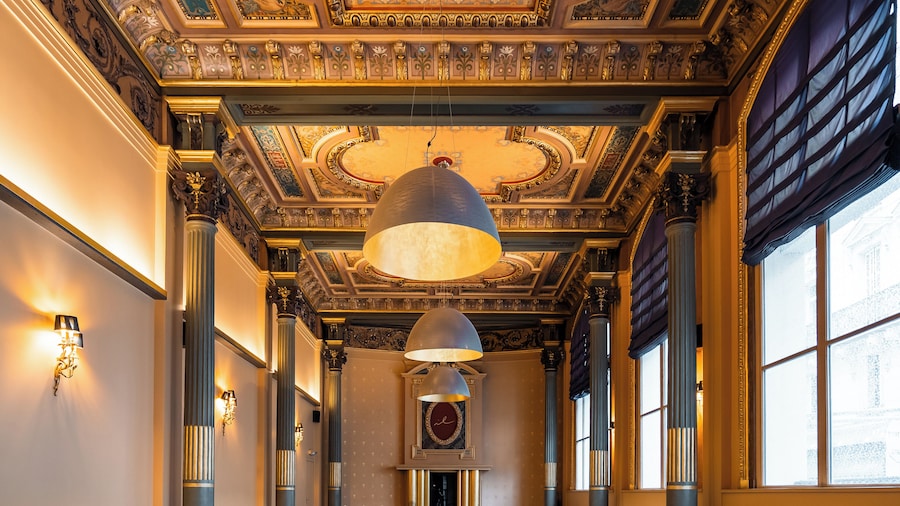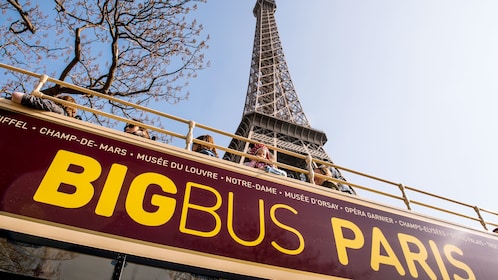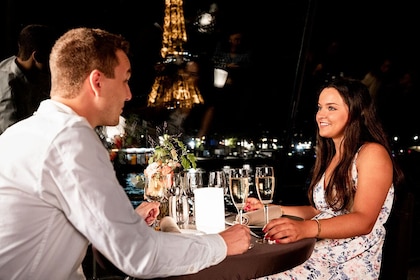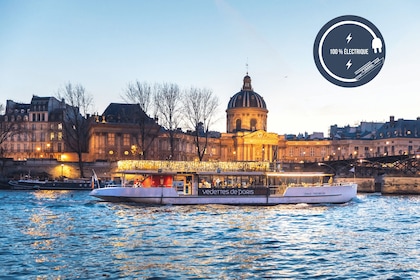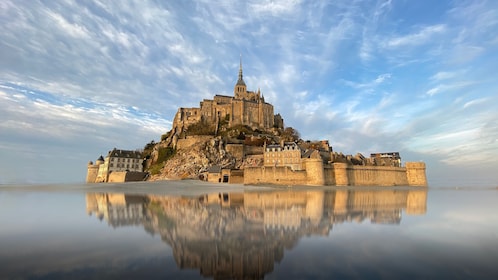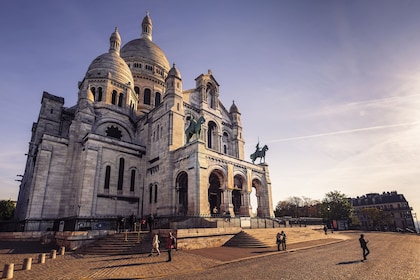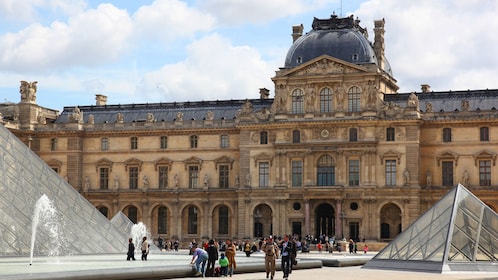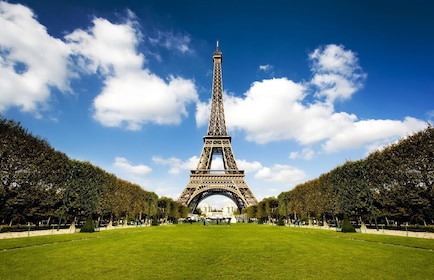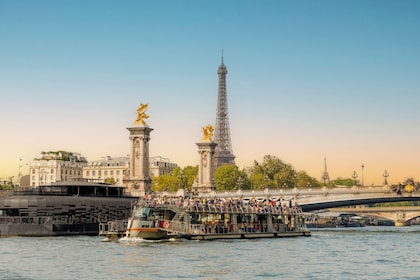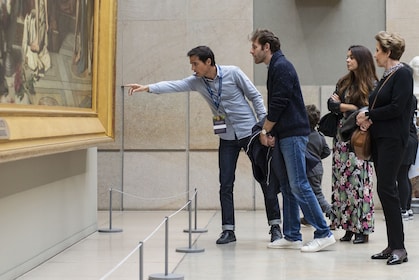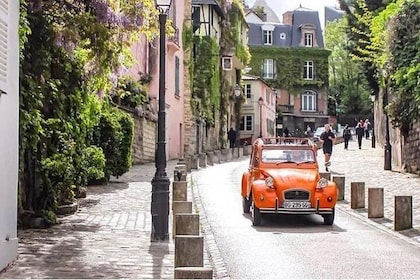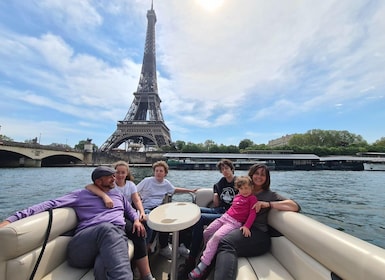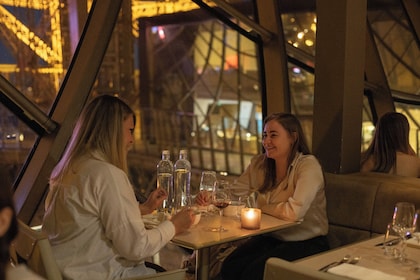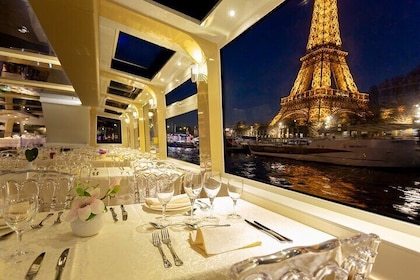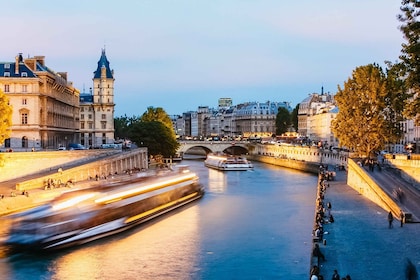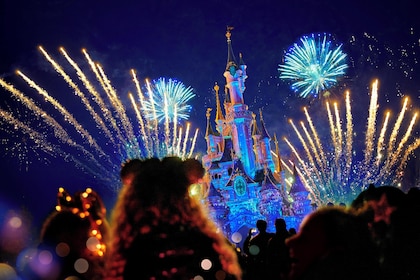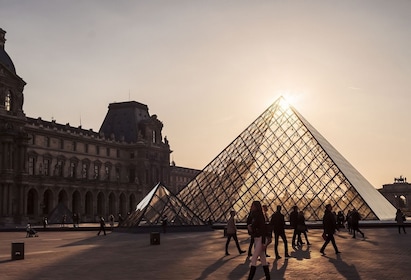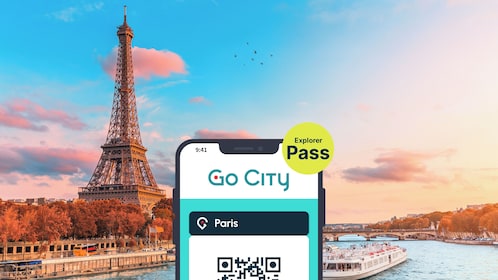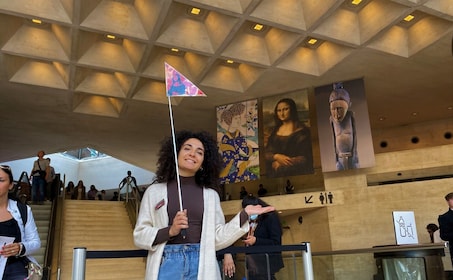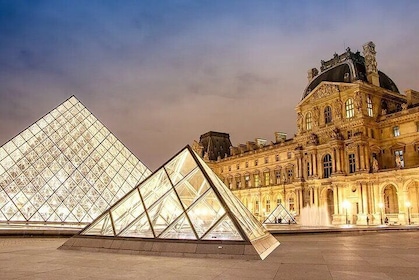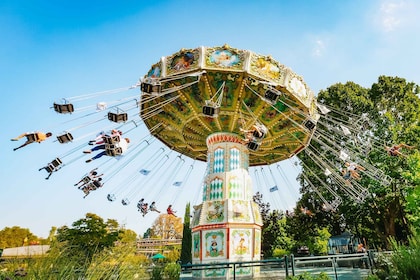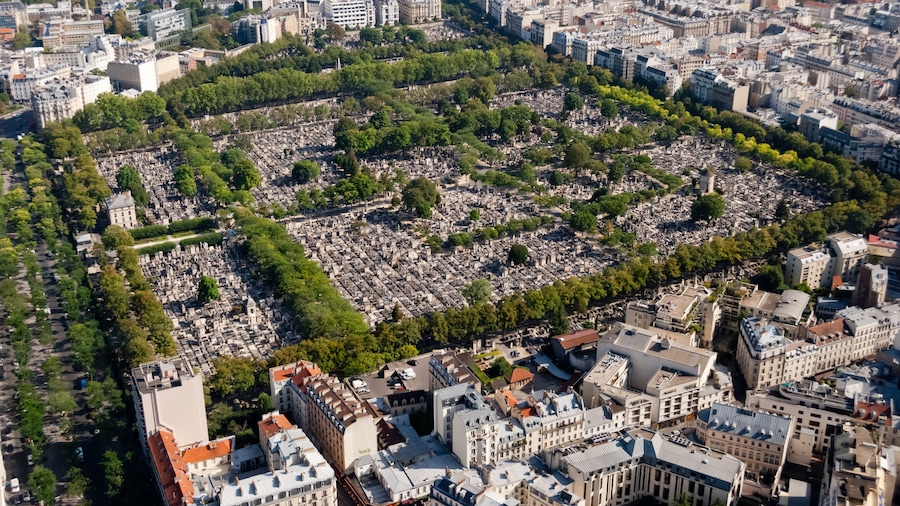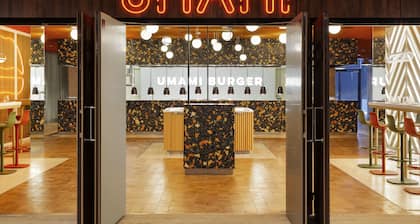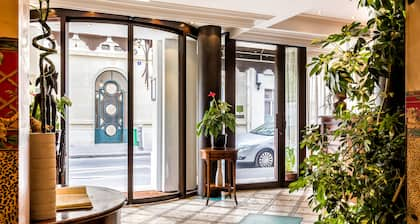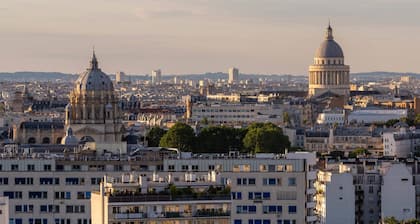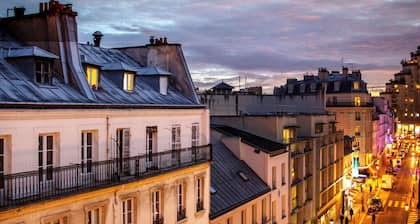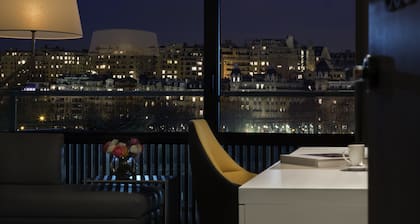With its eerily ornate bone formations, the Paris Catacombs seems like some macabre artwork but it actually spawned from practicality. Overcrowded graveyards in the late 1700s were causing health problems in the city, including the spread of disease through contaminated water. From 1786 to 1814, the exhumed bones from the city’s cemeteries were transferred to the abandoned underground limestone quarries, and the result is the haunting catacombs. The passageways are more than a mile long (1.6 kilometers), with wall-to-wall skeletal remains neatly arranged around memorial plaques. The bones are arranged according to bone type – skulls, femurs, tibias. Some bones are more than a century old, with some that date back to the French Revolution.
Visitors enter in the 14th arrondissement, descend underground via 130 steps and then wind through the low-ceilinged, dimly lit tunnels. The walls feature intricate carvings, known as the Sculptures of Decure. Dating back to 1777, the works were created by Decure, an army veteran and quarry inspector, who perished when a sinkhole opened on an upper level of the tunnel.
Rent a personalized audio tour, which walks you through the winding passages and provide background on some of the ossuary’s highlights. These include the Fountain of Samaritan, a small spring encircled by a wall of bones. The oldest artifact in the catacombs is the Sepulchral Lamp, which was lit by quarrymen working in the corridors.
Allow an hour to wander through the tunnels, which are open every day except Mondays. Adults must accompany children under the age of 14.
The entrance to the Paris Catacombs is nondescript, tucked away in a patch of trees on the Place Denfert-Rochereau. Be prepared to wait an hour or more in line to enter the catacombs. Take a sweater as it gets cold underground even in summer. It can also be slippery so take care, especially on the many stairs in and out of the tunnels. Stay on track, as you don’t want to find yourself lost in the further 180 miles (290 kilometers) of quarry tunnels. There is paid parking nearby, and public transportation stops nearby as well.







